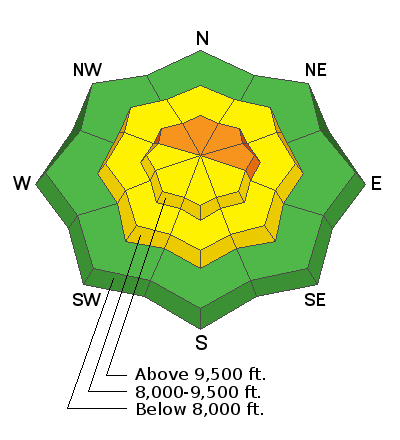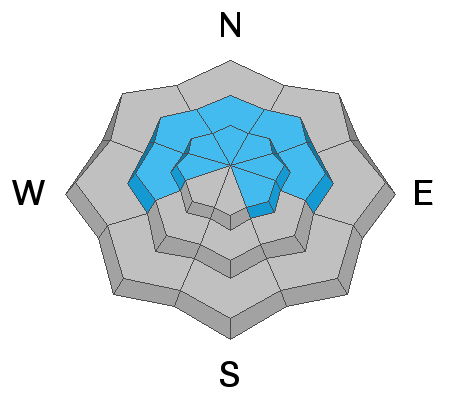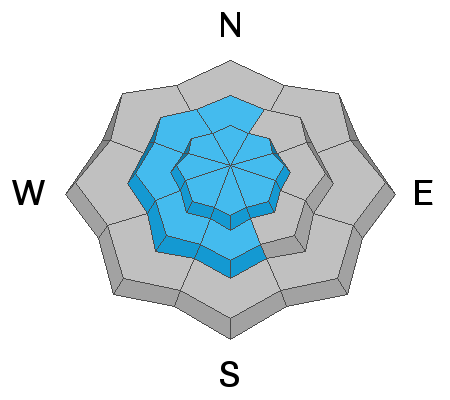Forecast for the Salt Lake Area Mountains

Issued by Trent Meisenheimer on
Wednesday morning, December 30, 2020
Wednesday morning, December 30, 2020
For today there is CONSIDERABLE avalanche danger on steep NW, N, NE, and E facing slopes at the upper elevations for triggering a slab avalanche that fails on weak faceted snow. You can still trigger avalanches 1-2' deep on, adjacent to, or below steep slopes.
A MODERATE danger exists for fresh drifts of windblown snow in the mid and upper elevations.
A MODERATE danger exists for fresh drifts of windblown snow in the mid and upper elevations.

Low
Moderate
Considerable
High
Extreme
Learn how to read the forecast here








